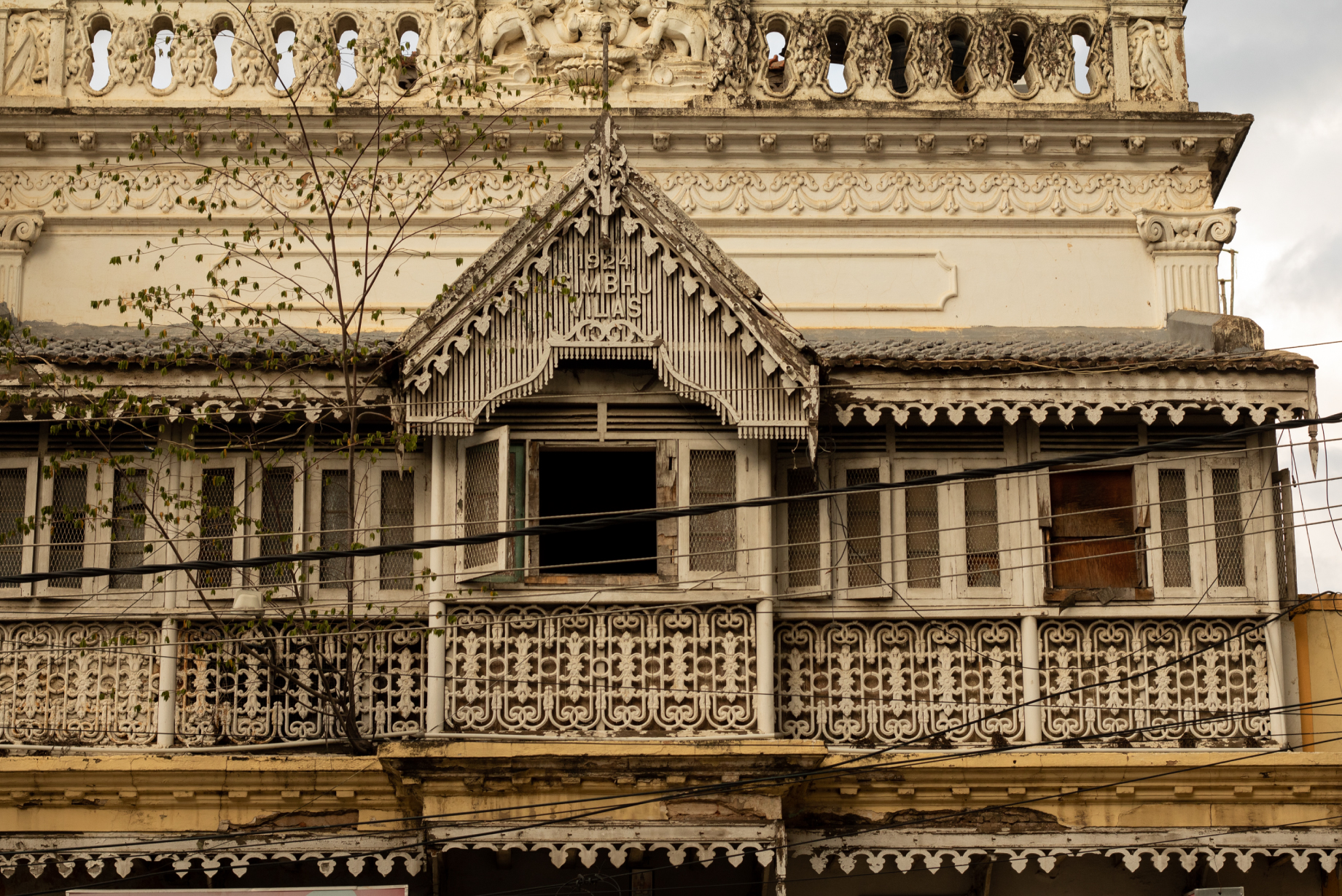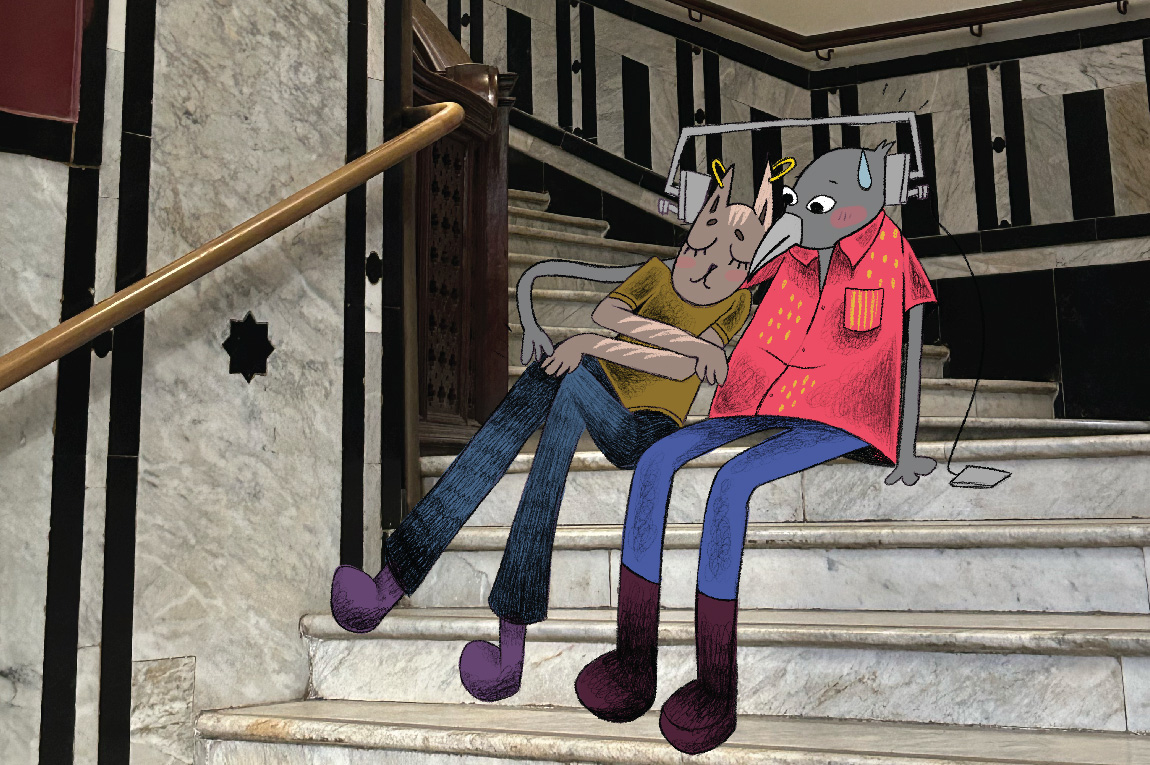I don’t remember much from my first visit to the Seshadri Iyer Memorial Hall situated at one end of Bengaluru’s Cubbon Park, but my awe at the profusion of books in the State Central Library housed in the imposing red building stays with me. The school library and the local circulating library were familiar to me as a child, but this haven of books — with crammed stacks and walls lined with tomes rising to the ceiling — stunned me. When I occasionally stepped inside in search of a book or reference material, I would also gather nuggets of its history and architecture.
I pass by the structure regularly, given that it is located adjacent to a busy thoroughfare in the park, and I crane my neck each time till it disappears. On the building’s facade, I spot a carved stone panel which states that the hall was built to honour Sir Seshadri Iyer, the Dewan of Mysore State (1883–1901), who is often called the ‘maker of modern Bangalore’ for establishing the Shivanasamudra hydroelectric plant and extensions to decongest the city. On a heritage walk of Bengaluru, I was informed that the hall was built by the Chief Engineer of Mysore State, Richard Sankey. Lord Curzon, the then-Viceroy of India (1899–1905), wished to celebrate the work of Seshadri Iyer and played a pivotal role in setting up the hall in his memory.
In her book, Discovering Bengaluru (2019), author and convenor of the Bengaluru Chapter of the Indian National Trust for Art and Cultural Heritage, Meera Iyer, indicates that the building was completed by 1910 and was paid for by public donations, as was the bronze statue of Seshadri Iyer which was installed in 1913. It began its life as a public hall, but was converted to a library in 1915, after Sir M Visvesvaraya, the Dewan of Mysore between 1912 and 1918, donated it to the State Public Library.

The building — made mostly of brick and lime mortar — is a mix of local and European architectural styles, but the feature that strikes me the most is the apsidal plan, where a building has a semi-circular end topped by a dome-like elevation. The hall’s semi-circular portion is the rear of the building, and it houses the main library. Arched windows round this section of the hall. The front face is a striking vertical facade flanked by two porticoes supported by granite pillars, which are more of a local architecture element. Its Tuscan and Corinthian columns, however, are inspired by Greco-Roman architecture — a style seen in Richard Sankey’s other works in the Cubbon Park area including the Attara Kacheri (High Court) and the Archaeological Museum or Government Museum. The hall also features detailed floral pediments above the rectangular windows on the uppermost floor.
In his book The City Beautiful (1988), a seminal coffee-table book on the city’s architectural heritage, author TP Issar says, “The gables are remarkable for their floral outline and pinnacles and there are some fascinating floral details. The symmetrically set porches are supported by buttressed columns with Ionic capitals. Both the front and the rear elevations are equally imposing.”
As I step in, I notice the hall’s high ceiling — the central elevation that is visible from outside — rising to what feels like almost double its height. Stacks of books cover much of the floor while tables with chairs are bunched at one end. On the ground floor, around the semi-circular portion, is a wide hallway with the huge arched windows. A set of steps leads up to a passageway that runs all around the hall, where I see more shelves against the wall, and above these, I find further arched windows that bring light into the hall.
The library houses lakhs of publications including journals, periodicals, newspapers, as well as works in Braille. The State Central Library has no memberships, and is a purely reference library. But it is the profound silence, the smell of books, and the century-old history that make it a somewhat magical place.
Find your way to the State Central Library in Bengaluru via Google Maps here.
Our selection of stays across India, best visited for their design and style. Check in
Anita Rao Kashi is an independent journalist based in Bengaluru. She loves her city to bits, but is always looking for an excuse to travel. She is on Instagram at @anitaraokashi.
















